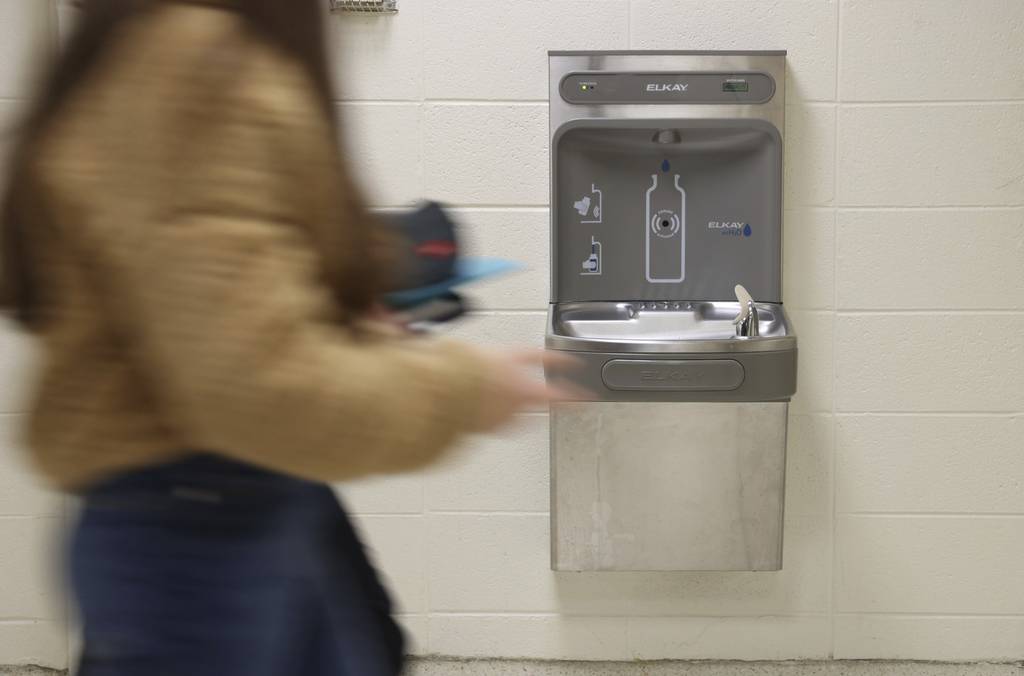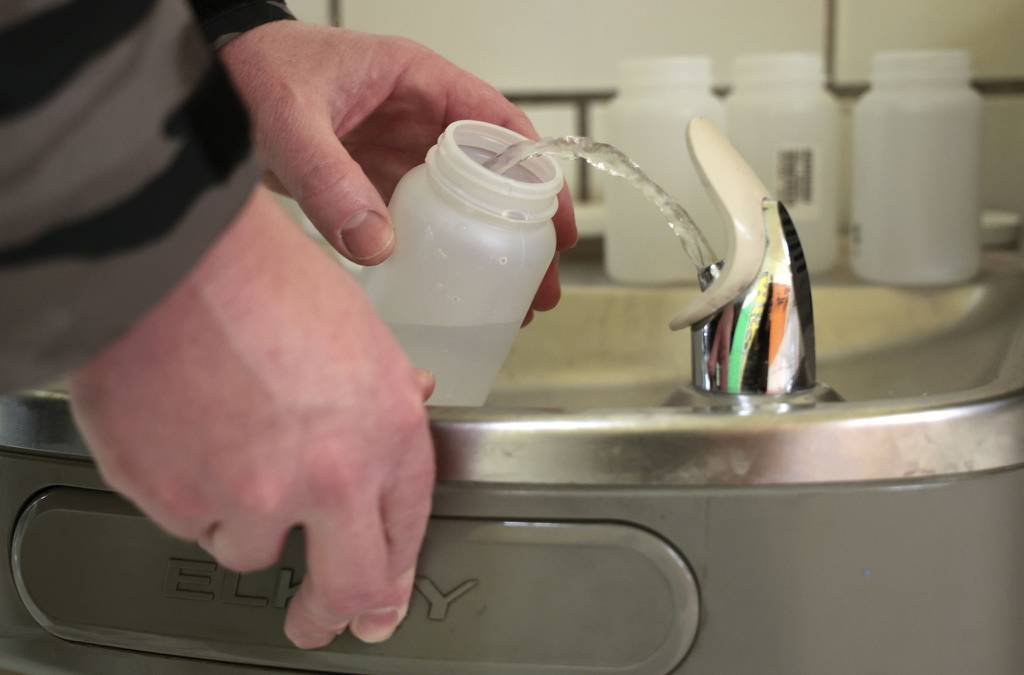Most Illinois public schools that tested samples from sinks and fountains for lead as required by a 2017 state law found traces of the toxic metal lurking in children’s drinking water, a Tribune investigation has found.
But although the testing identified thousands of potentially problematic fixtures in schools, flaws in the law and weak state oversight have interfered with the goal of protecting children from the brain-damaging metal, the Tribune found.
Lead is particularly destructive to young children but also poses risks for adults, especially pregnant people. According to the Environmental Protection Agency, no amount of lead is safe to be in the human body.
Of the roughly 2,100 public schools that submitted test results to the state, more than 1,800 identified some amount of lead in their drinking water, according to a Tribune analysis. That includes more than 1,350 schools where at least one water sample had lead levels exceeding 5 parts per billion, the threshold where parental notification is required.
For the public schools that sent in test results, the average student attended class in a building with three fixtures where first-draw samples exceeded 5 parts per billion. Some schools found lead levels above 1,000 parts per billion, though elevated levels were usually much lower.
But despite the widespread nature of the problem — and the threat lead poses to young brains, even in small amounts — the state’s efforts to curtail lead in school drinking water mostly ended there.
>>> Para leer en español, haga clic aquí

Advertisement
When Illinois legislators passed the water testing law, they joined a wave of government officials alarmed by the potential dangers lurking in the pipes of the nation’s aging school buildings. But there was little consensus on what levels of lead were worth spending time and resources to mitigate in order to protect the country’s children.
In Illinois, the 2017 law directed schools to notify parents of results above 5 parts per billion but did not set a level where mitigation was required. This left school administrators to navigate a dizzying labyrinth of guidance that shifted as time went by.
The result was a patchwork of responses from Illinois schools, the Tribune found. Some districts spent millions to greatly reduce or eliminate the lead in their school drinking water, while others reported taking little action.
Advertisement
A 2017 Illinois law required elementary schools to test each of their drinking water sources for lead and submit the results to the state by the end of 2018. The law applied only to schools serving kids younger than 6th grade and located in buildings constructed before January 2000, though some districts tested all of their school buildings. Fixtures tested include drinking fountains as well as sinks in kitchens, bathrooms and classrooms. The Tribune obtained the test results through records requests to the Illinois Department of Public Health, which did not make the information public previously.

Advertisement
To learn more about the impact of a 2017 law that required many Illinois schools to test their water for lead, the Tribune requested the results officials had sent to the Illinois Department of Public Health, then checked it for accuracy and analyzed it.
A separate records request was made to the Chicago Public Schools for all available results beginning in 2016 from its ongoing testing program, which spans multiple years. To help assess the impact of the law, the Tribune also sent school district officials a survey on what steps they took following the testing.






